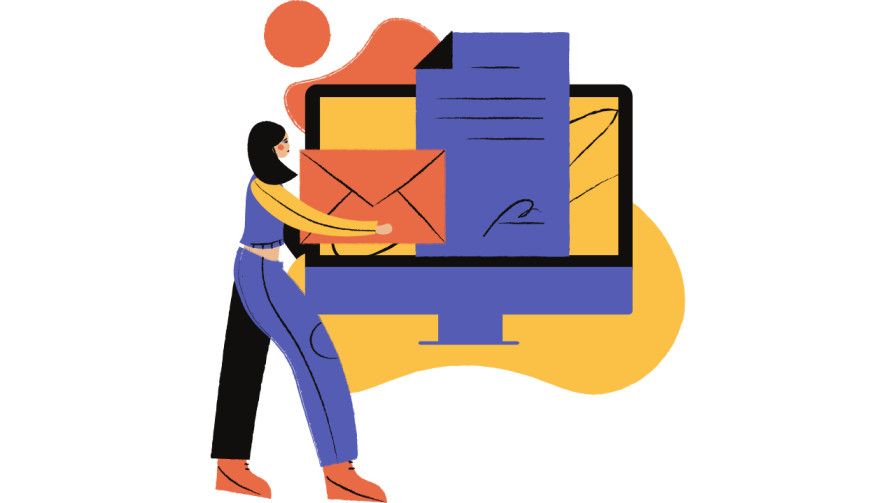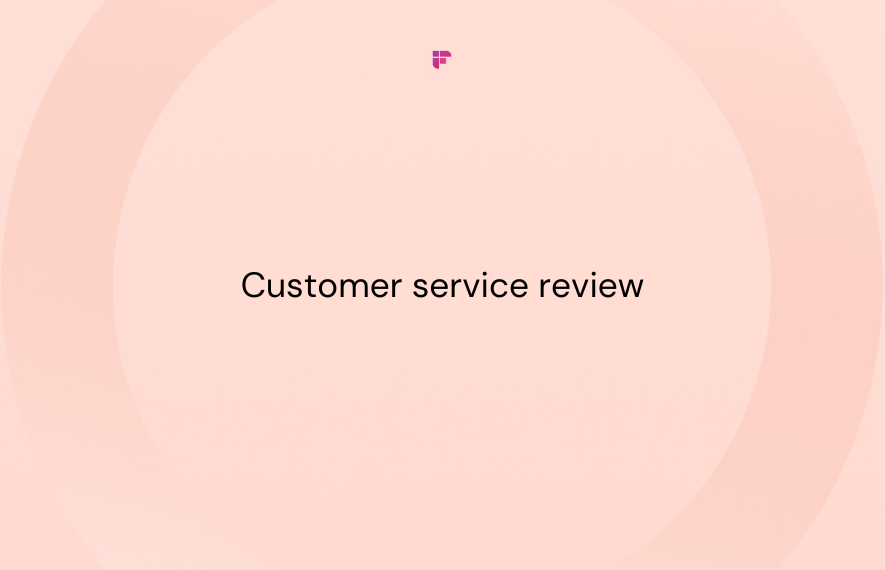Businesses of yesteryears believed that all customer journeys came to a finite end after a sale. But companies of today know that a customer journey has a life that stays alive far beyond a sale.
This mindset change came about with the growing importance of customer success—an approach that puts the customer at the center of your business. The majority of businesses nowadays are invested in their customers’ success and help them achieve their goals.
More than ever before, the importance of creating loyal and happy customers seems to be the marker of successful businesses. A 2017 Gartner report found that 81% of companies expected to be competing mostly or completely on the basis of Customer Experience (CX) within two years.
Today, nurturing a customer relationship goes much beyond helping a customer learn how to use your products and services effectively. The central goal of having customer success as an essential part of your business strategy is to improve the overall customer experience (cx) that people have when they engage with your brand.
Which is why no matter the size of your business, it’s a good idea to start thinking about customer success as an essential part of your small (and growing) business.
What’s the Cost of Bad Customer Experience?
As a growing company, It’s probably fair to assume that some things are better left alone to be taken up at a later date. But just because you don’t have the bandwidth to launch a full-blown customer success team right now, doesn’t mean you should ignore it either.
When engaging with young brands, people tend to form lasting perceptions about how a company delivers customer experience. In other words, no matter the size of your business, there’s no escaping the fact that bad customer support will have an impact on your company.
Research has shown that US businesses face $75 billion in losses each year due to poor customer support. It’s incredibly important to highlight positive feedback and mitigate the negative.
While it’s obvious that bad customer support leads to churn, let’s look at the perspective shift that customer success can bring to your business:
You shouldn’t be thinking about: How ‘bad’ does my customer support have to be to start affecting my business negatively?
But instead: How can I use a customer’s success with my product/service to create more growth for my business?
This statement might seem obvious, but the context of customer support feedback is critical to business success. According to American Express, more than 33% of Americans say they’ll consider switching companies after a single instance of bad customer support, so the stakes have never been higher for delivering positivity
Can You Run A Customer Success Program If You Don’t Have A Big Team?
If there’s one idea you take back home after reading this article, let it be this:
Customer success isn’t exclusive to big companies. If you’re a company looking to grow and create a pool of loyal customers, you should care about customer success.
I would actually go on to say that not only is customer success important for a small business, but it’s probably more important for small businesses. For the simple reason that CS is not about width, but depth.
At the heart of it, a customer success program is meant to create better and more meaningful relationships with your existing customers, instead of acquiring new ones. But yes, the scalability of your program and the outcomes you want to achieve through a CS program vary with your approach.
Now let’s also talk about the most obvious question that comes to mind next:
How do I, as a small business, execute a CS program?
Answer - With the right strategy, and the right tools.
For example, if you have a small team (or it’s just you) and you want to do more with less, it’s cheaper to pick a good customer service software than to hire another person for your customer success team.
💡 Fireflies Tip
If you’re seriously contemplating customer success but are faced with a resource crunch, the best thing you can do is—coach your customer service agents to take up customer success as an added responsibility.

How To Use Customer Success In Small Business: Best Practices
1. Define Your Customers’ “Success”
“Success” is often subjective, and its interpretation varies. Be sure to give some thought to what success looks like—not for you, but for your customers. Preferably, in relation to your products or services.
What success means for your customers, could evolve with time. Hence, it’s important to note that the customer journey continues even after a purchase is made. Talk to your customers frequently, and make notes on the problems you’re trying to solve.
💡 Fireflies Tip
Sometimes, you might end up with multiple understandings of what customer success means—and that’s fine. The important thing is to outline the top few goals and rank them in order of priority based on how popular they are amongst customers.
2. Use Customer Success Stories To Highlight Features Of Your Product/Service
Sharing customer stories is a great way to harness the power of storytelling by combining the subjective power of narration with the evidence-based pillar of customer experience.
Customer success stories show a company’s commitment to the success of its customers, and to top it, they’re a cost-effective way to show potential customers why your small business is a better choice than a larger competitor.
Using customer success stories as part of your marketing strategy for example, allows you to highlight innovation, real-world use cases, and results that can make your product seem more relatable to your customers.
As you write your customer stories, consider how each customer defines success. The different stories you share can be used to highlight different features. Remember to think from the perspective of your customers. Don’t use the terms and metrics that you think define your customer’s experience with your product. Put in theirs.
3. Let Customer Success Shape Your Sales And Marketing Efforts
No business (especially small businesses) can afford to take customer relationships for granted (and for good reasons). The best way to grow your engagement with customers is to build them into your marketing and sales strategies.
A consistent, and good customer service gives you a unique selling proposition, repeat business, and most importantly, trust. Studies show that there’s a 60-70% chance of getting business from your existing customers compared to only a 5-20% chance of selling to new prospects.
With so many players in the market, it’s no longer enough to have a great product. To create a brand image for the long haul, earning the trust of your customers is important, and because most customers engage with your brand first through your social handles or website, it’s important that your visual branding includes customer success.
4. Measure the right customer success metrics
Let’s set a rule of thumb for a growing business: Nothing great has been accomplished without measuring, and there’s no reason to leave customer success behind. Define and measure the customer success of your company by establishing KPIs (key performance indicators) and adjust them to achieve future goals.
Here are a few of the most common customer success KPIs to get you started:
- Churn rate is the measure of what percentage of customers quit doing business with you over a given time. You want your churn rate to be the lowest number possible.
- Retention rate is the opposite of churn, i.e., the percentage of customers who decide to stay with you for a specific time range.
- Better retention rate leads to improved customer loyalty—the number of old customers who buy from you repeatedly over a given time.

Last 2 Cents
All in all, the idea behind establishing a customer success strategy is to go beyond the practice of waiting for things to go wrong before you fix them. It’s about connecting with users and understanding their struggles when everything is going right.
Demonstrating that your customer’s success matters to you as a brand is invaluable and thus a great way to grow as a small business.
Tea for the road:
If customer support and customer success don’t rank high in your strategic and financial efforts, they should. Aligning your company’s goals with your customer’s success will strengthen your brand image, improve customer retention, and ultimately increase acquisition over time.







